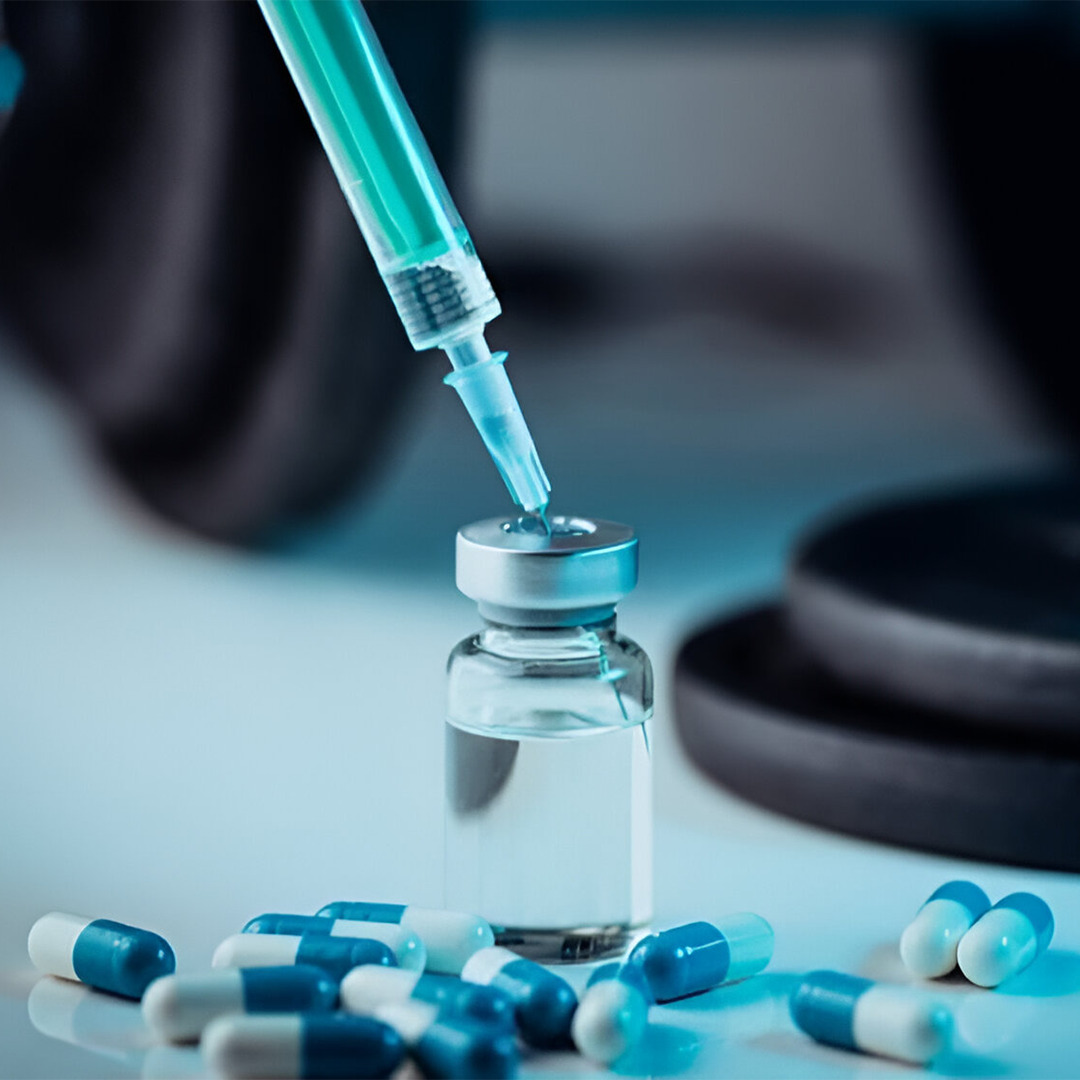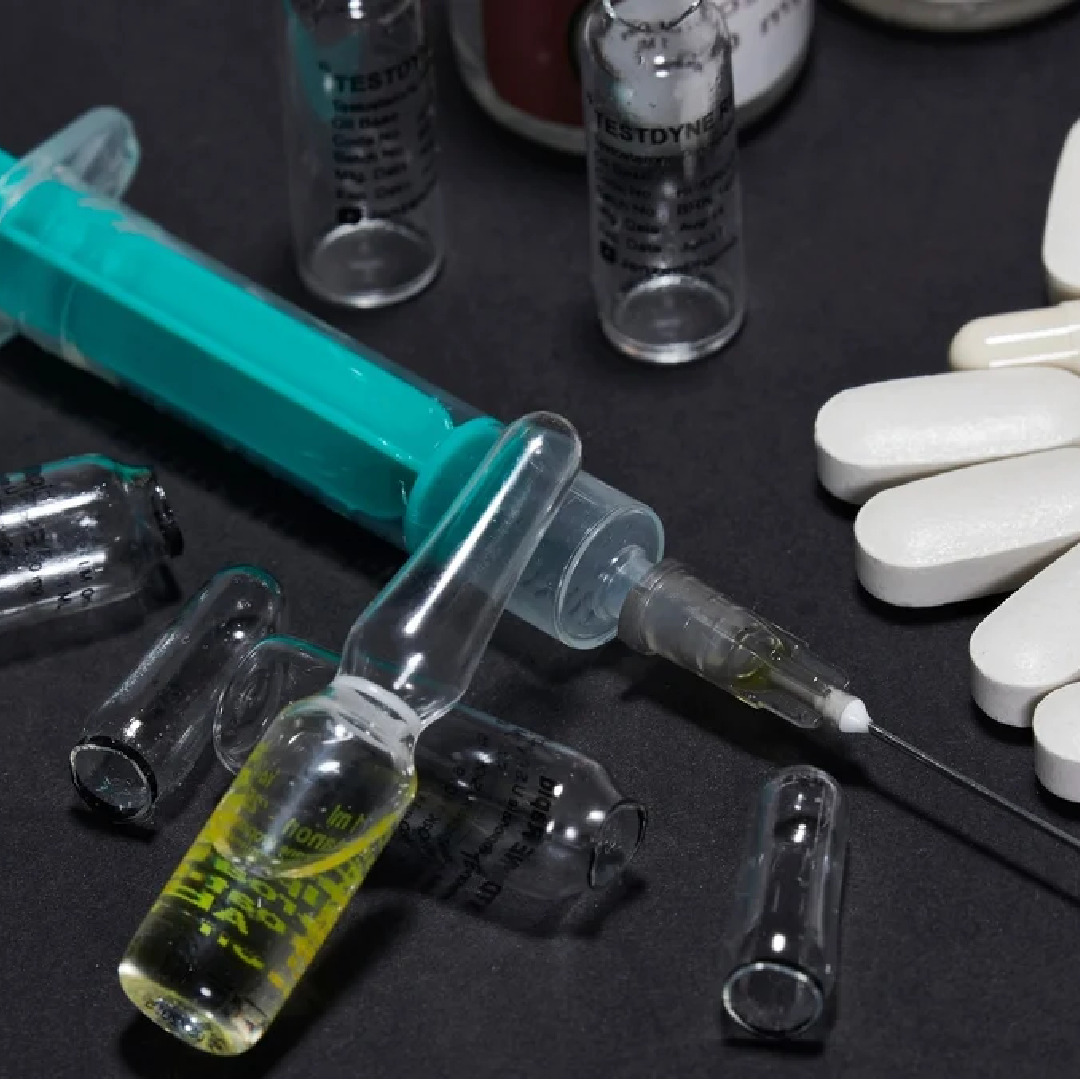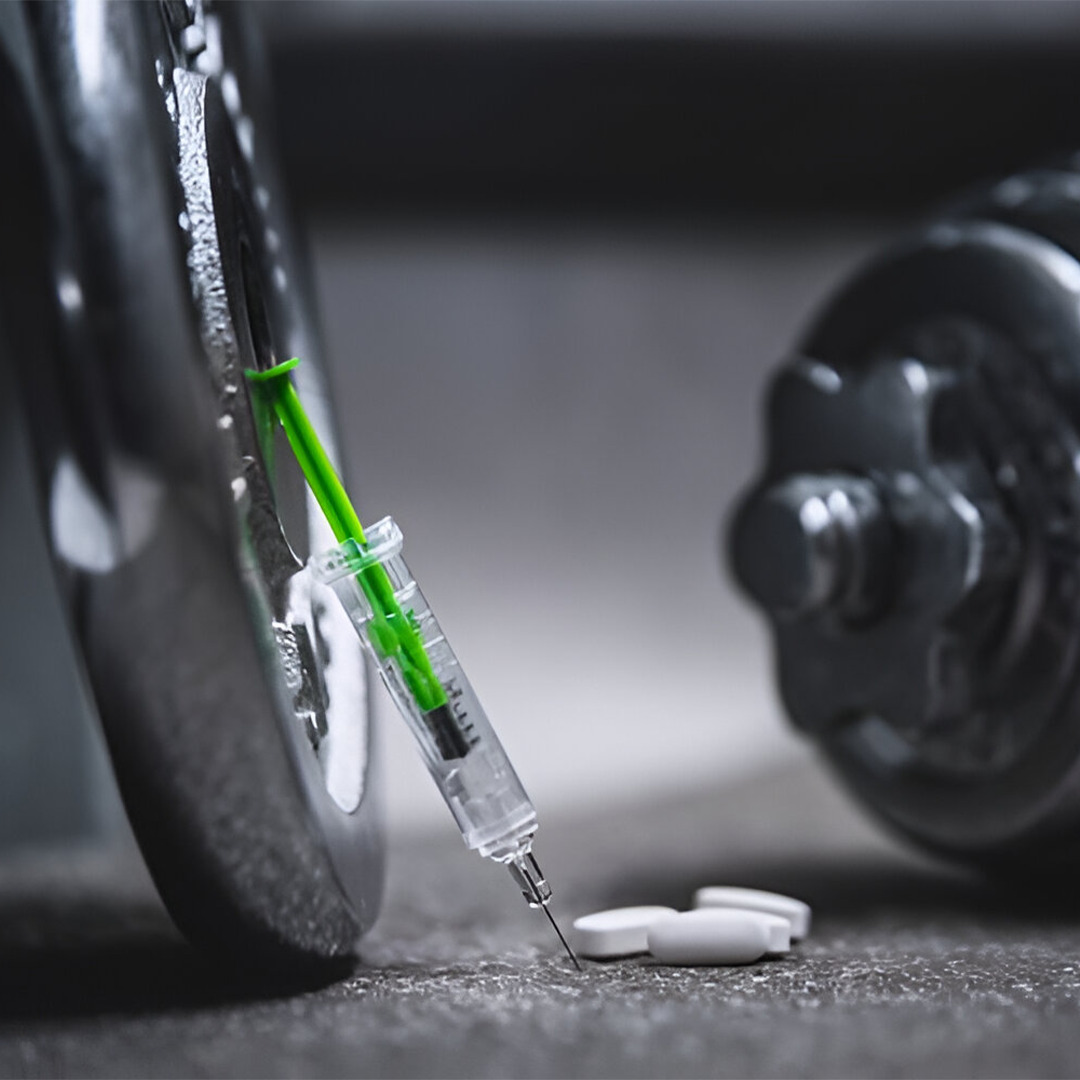Loading...
Halotestin Details
Overview
- Halotestin (Fluoxymesterone) is a powerful anabolic androgenic steroid (AAS) released in the late 1950s, originally by Upjohn and later by Pharmacia. Though initially used to treat conditions like muscle wasting, malnutrition, bone fractures, and androgen deficiencies, Halotestin is rarely prescribed today except for certain medical conditions, like breast cancer treatment in women and osteoporosis in postmenopausal women. In the world of performance enhancement, Halotestin is known for its rapid and powerful strength-building effects, but it doesn’t promote significant muscle mass gain. It's often used by strength athletes and bodybuilders looking to improve conditioning, aggression, and performance in the final stages of a diet or before competition.
Chemical Structure and Function
- Halotestin is a modified form of testosterone, with a methyl group added at the 17th carbon to make it orally active, as well as additional fluoro and hydroxyl groups. These modifications prevent aromatization (conversion to estrogen) and enhance its androgenic properties. The steroid has an anabolic rating of 1,900 and an androgenic rating of 850 (both measured against testosterone), making it highly androgenic with minimal anabolic effects.
Primary Effects
- Strength and aggression: Halotestin is famous for its rapid increase in strength and aggression, making it beneficial for athletes in strength sports or combat sports. It enhances workout intensity, and some report significant boosts in aggression during training or competition.
- Red blood cell production: he steroid increases hematocrit, hemoglobin, and red blood cell mass, leading to enhanced endurance and strength.
- Fat loss and conditioning: Halotestin can promote fat loss, improve fat oxidation in the liver, and enhance muscle conditioning, especially when an athlete is already lean.
Notable Effects
- Strength:Considered one of the most effective steroids for raw strength gains.
- Aggression:It may enhance aggression, useful in competitive settings but potentially dangerous for those prone to violent behavior.
- Conditioning:Beneficial for bodybuilders in the final weeks of cutting cycles due to its ability to enhance muscle hardness and definition.
Side Effects
- Androgenic effects: Acne, accelerated male-pattern baldness, increased body hair, and potential enlargement of the genitals in males
- Cardiovascular: Halotestin can significantly affect cholesterol, raising LDL (bad) cholesterol and suppressing HDL (good) cholesterol. It may also raise blood pressure and impact triglyceride levels.
- Testosterone suppression:Like many AAS, Halotestin suppresses natural testosterone production, necessitating the use of exogenous testosterone during cycles.
- Hepatotoxicity: Being a C17-alpha alkylated steroid, Halotestin is highly liver toxic. Liver stress markers may increase, and the steroid should be used in short cycles to minimize liver damage.
While Halotestin doesn’t cause estrogenic side effects (no water retention or gynecomastia), it can cause several harsh side effects due to its strong androgenic and hepatotoxic nature:
Dosage and Administration
- :Typical dose for performance enhancement: 10-40 mg per day. Starting at 10 mg per day is common, with most users finding 20 mg per day to be effective.
- Duration:Halotestin should not be used for more than 2-4 weeks due to its hepatotoxicity.
- Administration method:Take on an empty stomach for best bioavailability, as food may reduce absorption.
Availability
- Halotestin is not as commonly available as other anabolic steroids like testosterone or Dianabol. It's not widely stocked by black market suppliers, though it can still be found with effort. It’s less frequently counterfeited due to its lower demand.
Conclusion
- Halotestin is an extremely potent and specialized steroid, offering benefits primarily in strength and aggression, with limited use in bodybuilding cutting cycles. However, its severe side effects, including liver toxicity, cardiovascular issues, and androgenic side effects, make it unsuitable for many users. It’s primarily used in short bursts, often by athletes in the final stages of a competition cycle.





